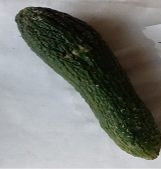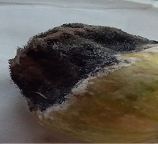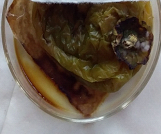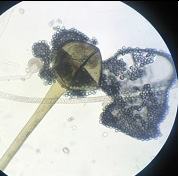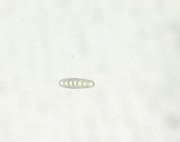Incidence of Post-Harvest Fungal Rot of Some Vegetables in Swabi, Khyber Pakhtunkhwa Pakistan
Incidence of Post-Harvest Fungal Rot of Some Vegetables in Swabi, Khyber Pakhtunkhwa Pakistan
Gulnaz Parveen1*, Naila Mukhtar2, Shumaila Irum3 and Nain Bukhari4
Alternaria alternata showing symptoms on Carrot.
Fusarium moniliforme identified on Cucumber.
Rhizopus showing disease symptoms on Round Gourd.
Botrytis cinerea identified on Chili.
Microscopic structure of Rhizopus to cause disease on Cucumber, Turnip and Round gourd
Microscopic structure of Alternaria alternata to cause disease on Cauliflower, Eggplant and Round gourd.
Microscopic structure of Drechselera to cause disease on Ladyfinger.
Microscopic structure of Alternaria solani to cause disease on Round gourd, Potato and Cauliflower.





